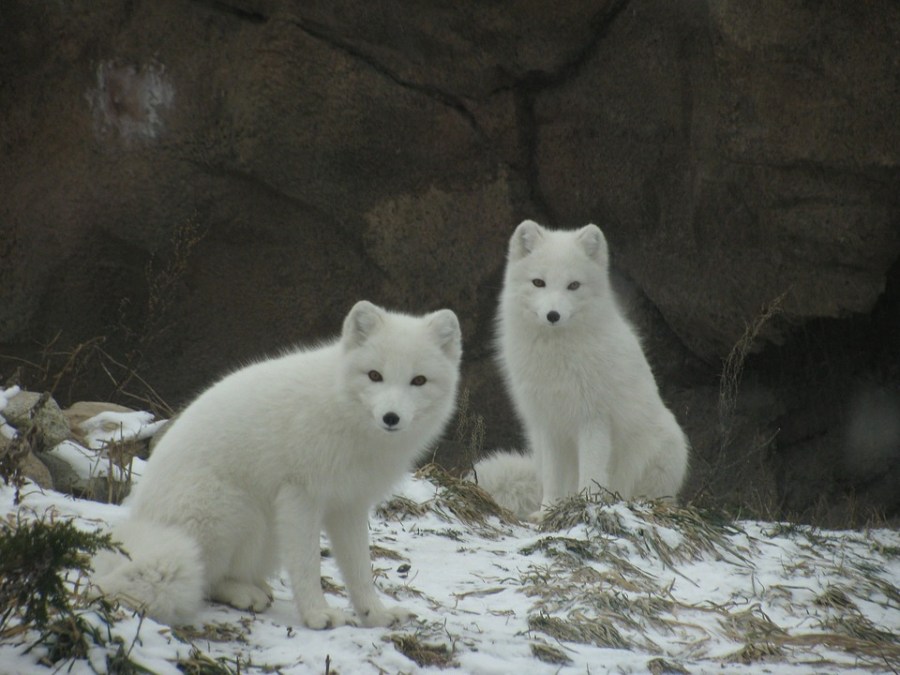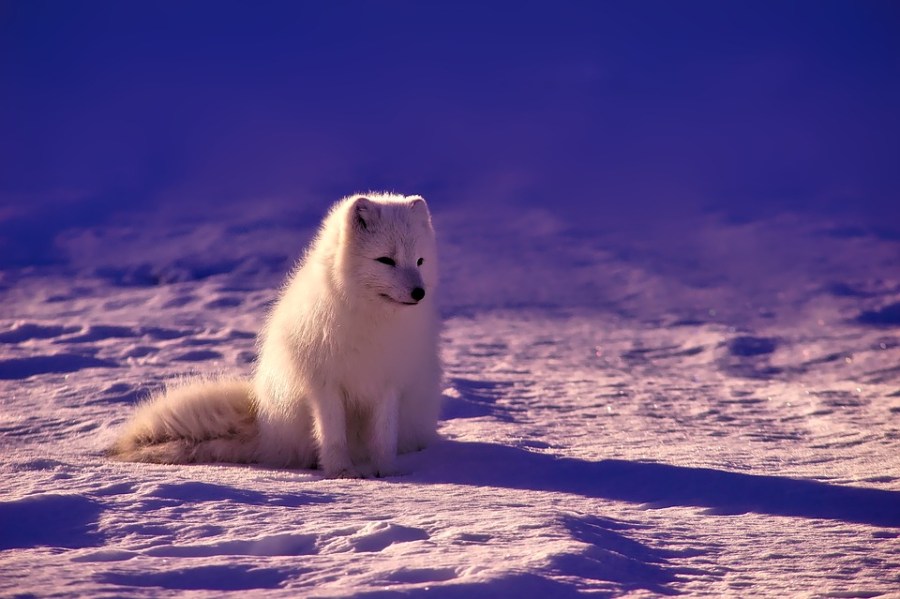
It's piece of cake to brand assumptions about arctic animals, but the arctic fox has some habits and attributes that may surprise you. These arctic fox facts for kids are sure to make these lilliputian creatures seem even more interesting.
They're Adapted for Arctic Life
The iconic white fur that sets arctic foxes apart from other fox species is no accident. Rather, it's an adaptation that makes information technology possible for these little predators to stay inconspicuous and warm. Other features, like their short snouts and relatively small ears, help go along them protected from the cold.
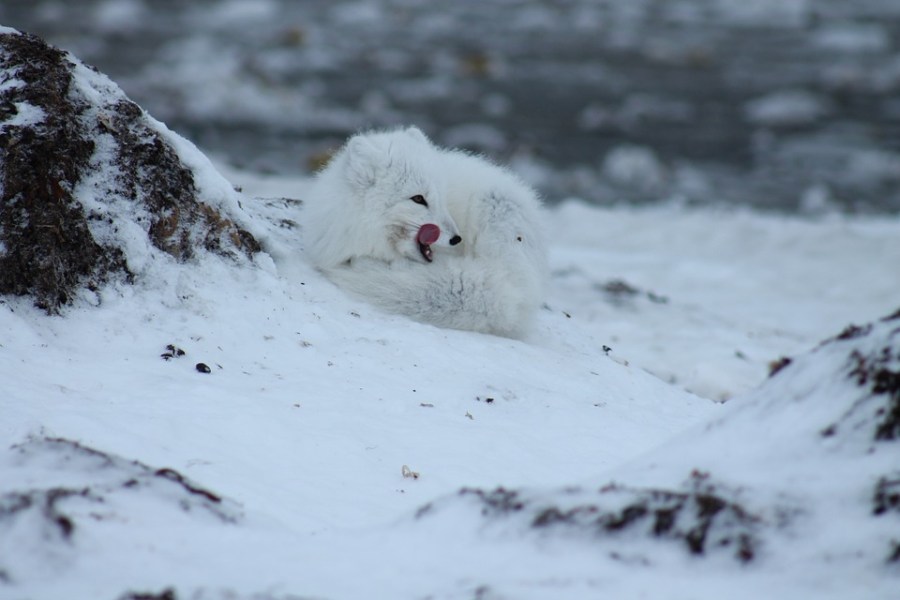
Although their coats are optimized to go along them warm when they're out hunting, arctic foxes don't spend all their time out in the open up. They're known to alive in habitats where it can become downward to almost -50 degrees Fahrenheit, so it's understandable that they have niggling secret dens that they call home.
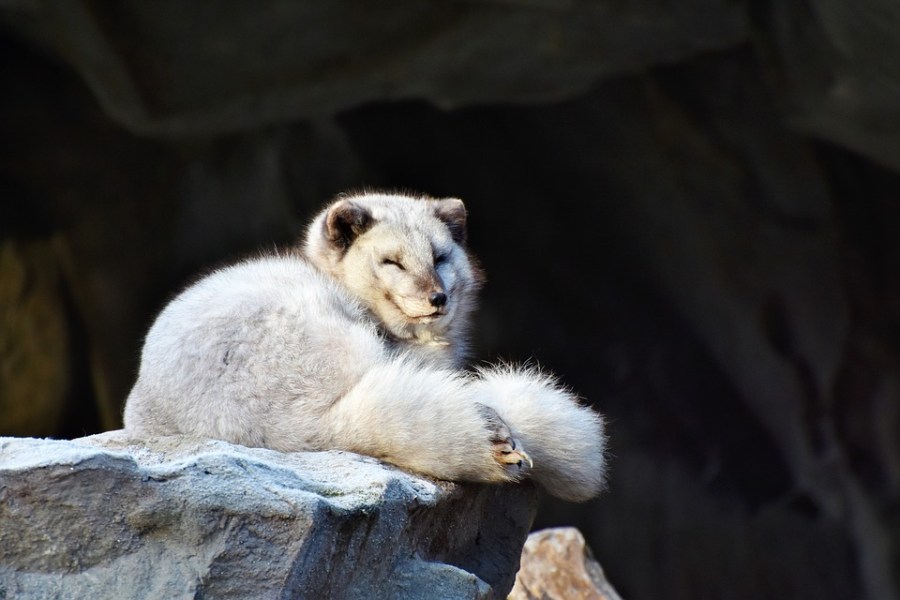
They Aren't Endangered
Unlike some other arctic species, like the polar carry, arctic foxes aren't considered to exist in danger of extinction. Arctic play tricks research shows that their population numbers are really increasing. Humans were once a threat to arctic foxes, which were hunted for their fur. Now that fauna furs have largely gone out of style, people don't really hunt these foxes very much.
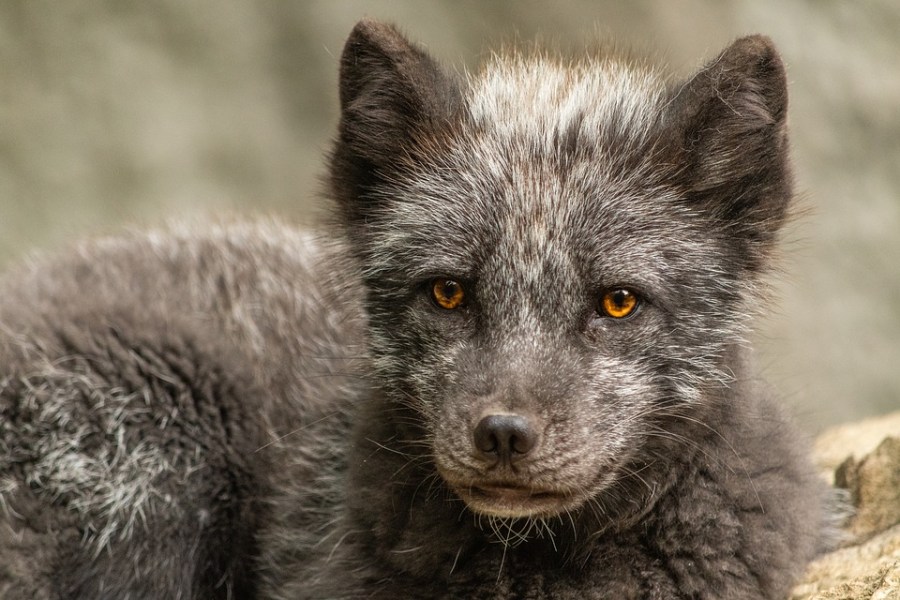
Amazing Multi-Purpose Tails
Chill foxes have big, bushy tails. Those tails assistance arctic foxes rest themselves as they run and spring, but they also serve equally a blanket of sorts to assistance the foxes keep themselves warm.
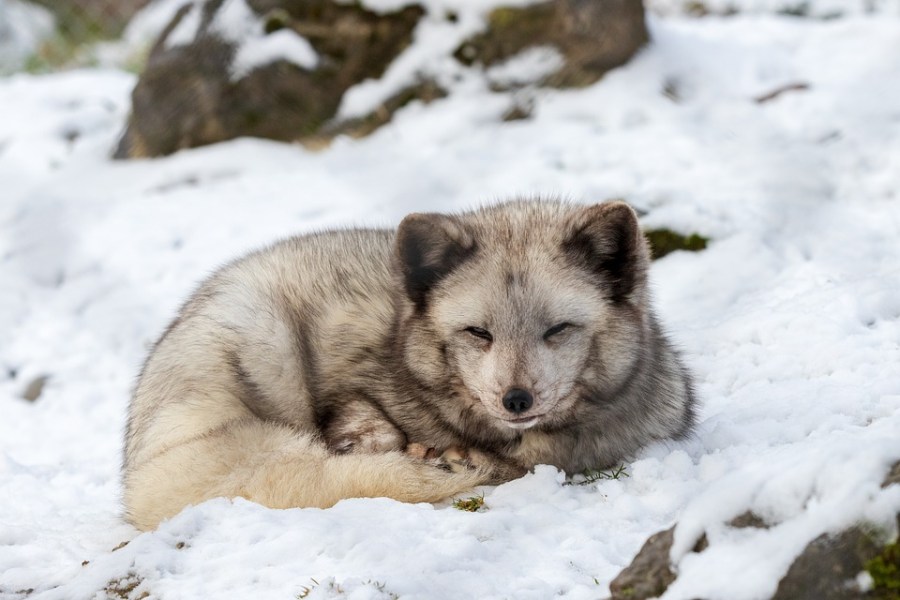
They're Omnivores
There isn't ordinarily a ton of food available on the icy tundras that these fiddling animals call dwelling house, merely that doesn't mean chill foxes always go hungry. Instead, they swallow whatsoever they can, from small rodents to plants and even the leftovers of bigger predators like polar bears.
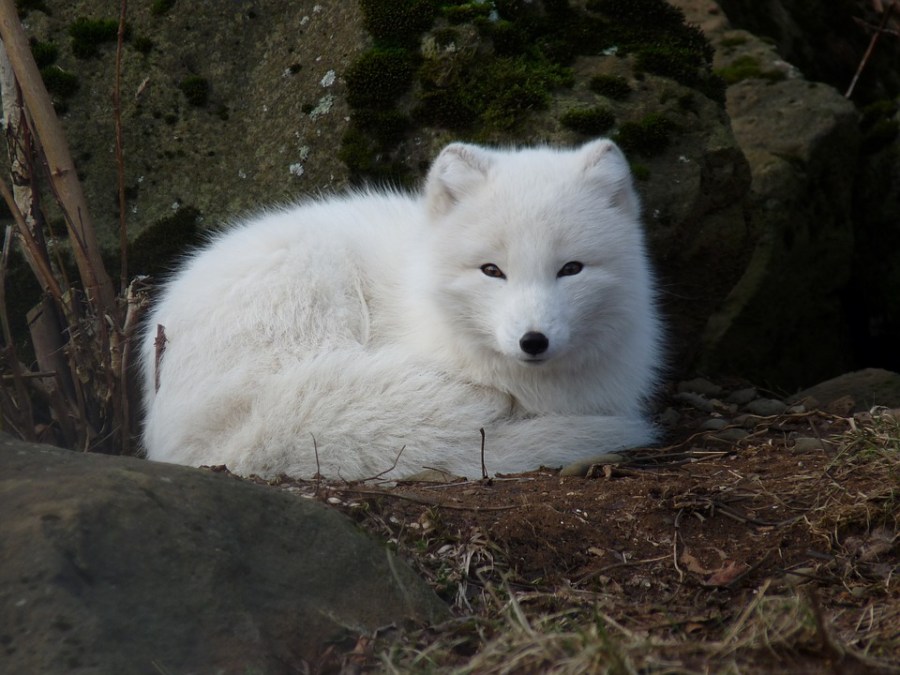
They Shed
Anyone who's lived with a pet domestic dog knows that those domesticated canines shed their coats with the seasons. The same is true for arctic foxes. Though they're known for their iconic white winter coats, that fluffy fur sheds every bit temperatures warm up, revealing a much shorter dark coat underneath. Because they don't lose all their hair at once, they can look pretty patchy during the transition.
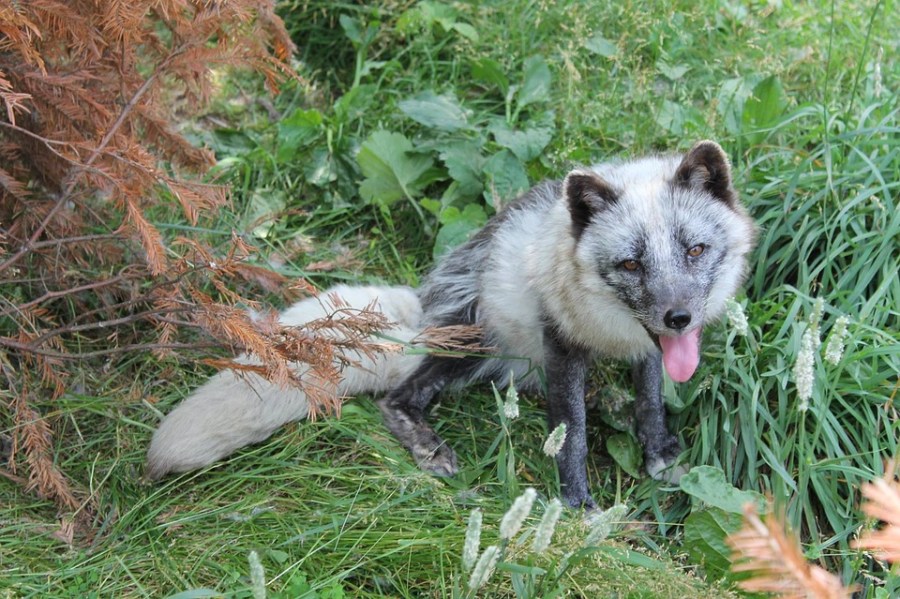
Where to Encounter Arctic Foxes in the Wild
While you may be able to run into arctic foxes in zoos and wild fauna parks, if yous desire to see them in their natural habitat, you lot'll demand to travel to arctic areas in like Russia, Canada, Greenland or Kingdom of norway. You may even be able to spot them in the U.s.a. if you travel to polar Alaska.
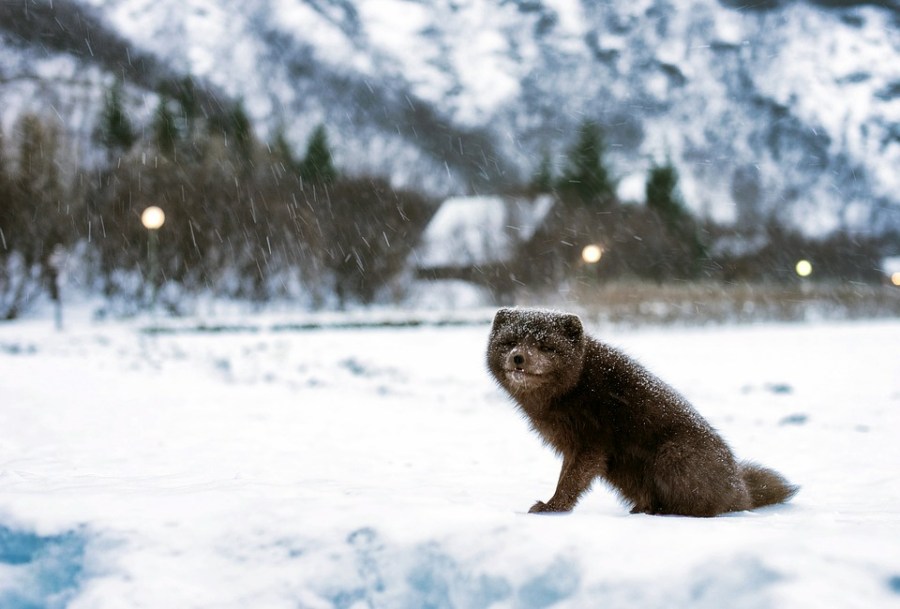
They're Social and Stable
Researchers in Iceland have constitute that their local arctic play a trick on population displays some human-similar traits when it comes to their home and social lives. Foxes have been observed to class stable breeding pairs, and these couples tend to return to the aforementioned dens year afterwards year to raise their babies.
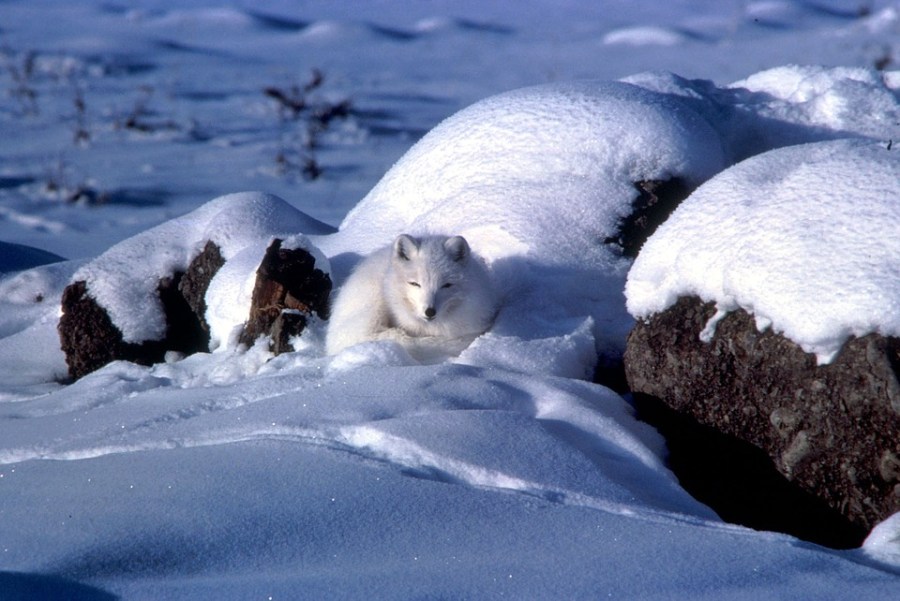
Large Litters and Short Lifespans
Arctic foxes can produce litters of a dozen or more babies, chosen kits. Their lifespan in the wild is normally pretty short, though, usually lasting nigh three years. In captivity, they can live much longer, with some arctic foxes reaching double digits in age.
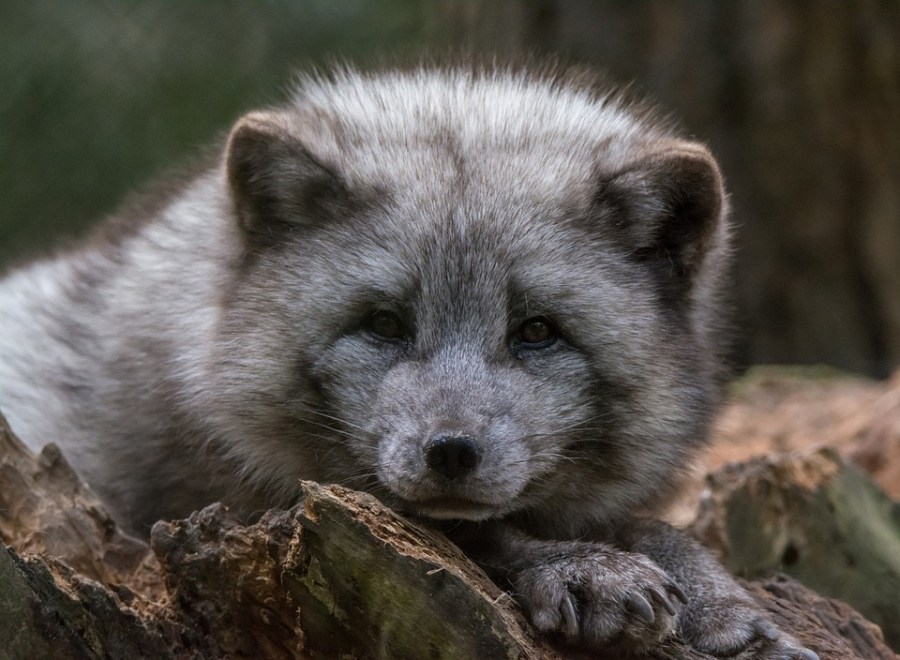
Climate Change Concerns
Though recent arctic fox inquiry has shown promising population numbers with the decline of the fur trade, scientists are concerned that this trend will not proceed. Factors relating to climate change, including habitat loss and declining prey populations, are probable to exist a concern for arctic foxes as global temperatures ascension.
